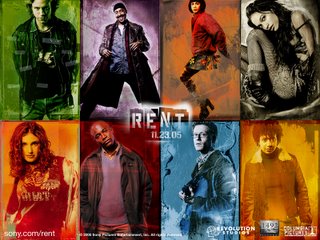
Not only did I used to live in Park Slope which spawns a whole other realm of affection, but I am touched and warmed by the love offered from our children. Perhaps we can learn something from young Miss Brantl.
ONLY THE LONELY
By JENNIFER BLEYER
The New York Times
December 18, 2005
Park Slope -- Park Slope is no stranger to luxuries, among them hot stone massages, artisanal cheeses and puppy manicures. Now it is home to a refuge for lonely dolls whose owners may be headed for the slopes of Vail or the beaches of St. Bart's.
The purveyor of this newest luxury is a rosy-cheeked 7-year-old named Elizabeth Brantl, who started the Home Away From Home doll care service shortly after Thanksgiving.
"Do your special dolls and cuddly stuffed animals need a home while you're away," asked fliers posted outside local doll-owner hot spots like the toy store and the veterinarian's office.
Sitting in her frilly pink bedroom the other afternoon, Elizabeth swept through the deluxe accommodations available to guest dolls at Chez Brantl. Although monogrammed robes are not available, dolls are changed into their own pajamas at bedtime, a service, one might note, not even offered at the Waldorf. They are then put to sleep next to Elizabeth's own favorite stuffed animals, Blue Teddy, a bear, and Lovey, a lamb.
Twice a day, they are fed a gourmet mixture of paper clips, Snapple bottle caps, miniature plastic hamburgers and invisible food from a domino case.
"A lot of people have a special doll," Elizabeth explained, noting, like a true concierge, that she "would love them as much as I love my other dolls."
Although she has yet to receive any clients, some of her second-grade classmates at Public School 321 sounded interested when she described the service.
Would she consider lowering the $1-a-day fee she is charging? In response, Elizabeth cast a confused look at her father, Bob Brantl. "She'd refer it to her business agent," Mr. Brantl replied.





